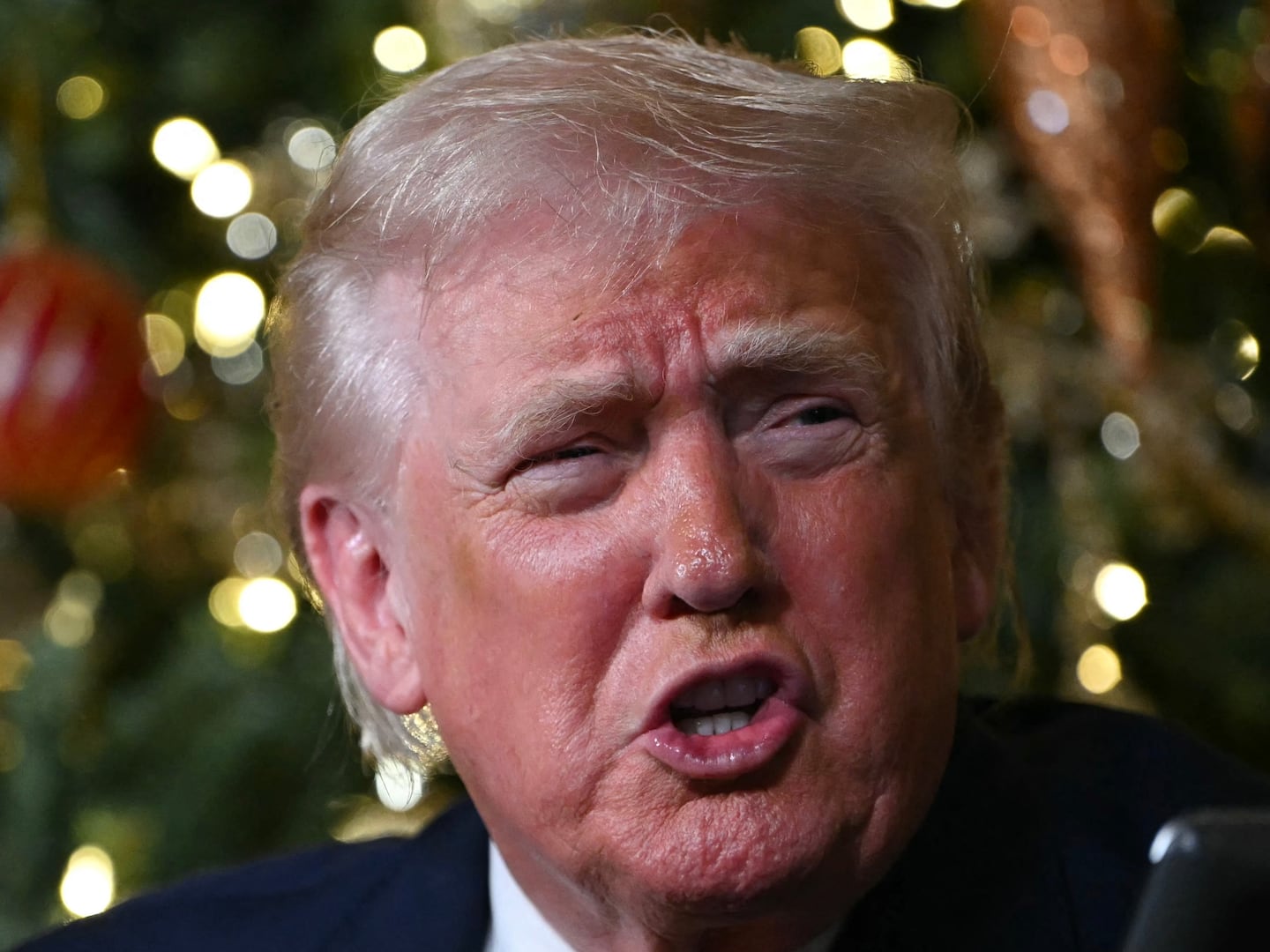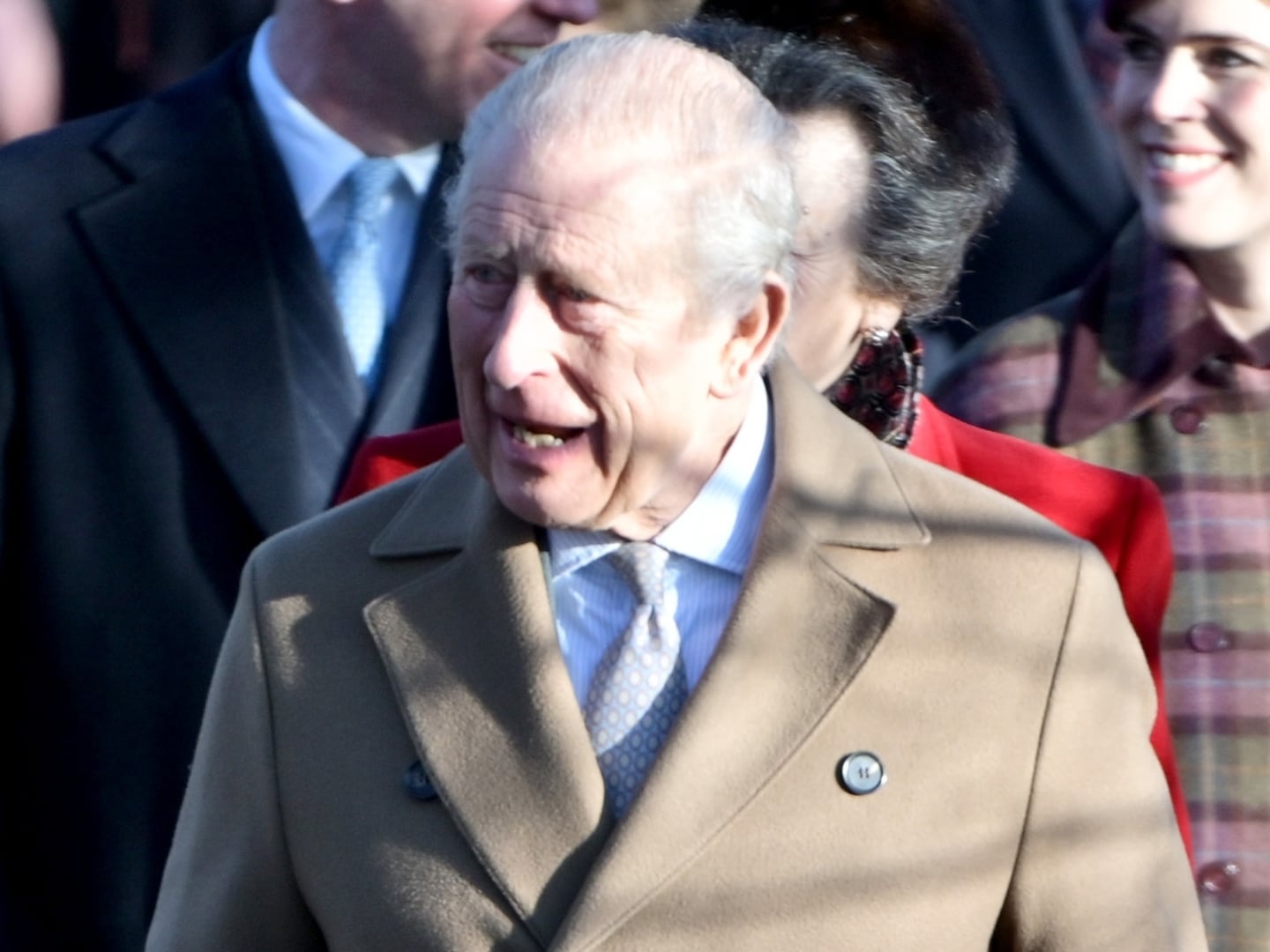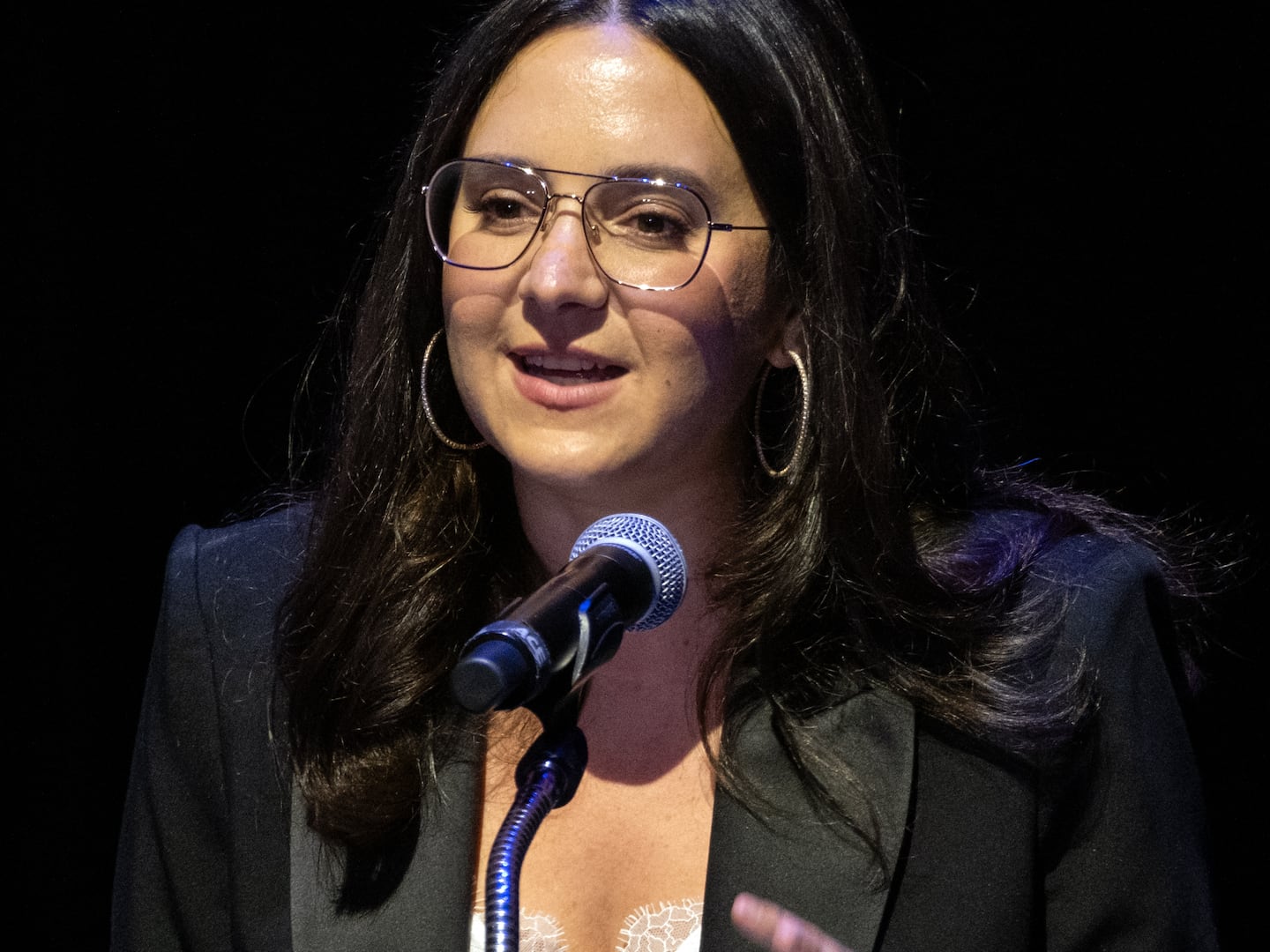Few people have been more effective than Khizr Khan in challenging Donald Trump’s early campaign call to ban all Muslims from entering the United States as well as more recent statements that question the loyalty of Muslim Americans. On the final evening of the Democratic National Convention Khan evoked the memory of his son, Capt. Humayun Khan, whose death in Iraq in 2004 earned him the Bronze Star and Purple Heart. In addition to brandishing a copy of the Constitution from his breast pocket, as a means to lay claim to his and the rest of his family’s loyalty and citizenship, Khan referenced his son’s burial: “Have you ever been to Arlington Cemetery? Go look at the graves of the brave patriots who died defending America—you will see all faiths, genders, and ethnicities.”
For most Americans, a visit to Arlington is a solemn experience that reinforces a deep investment in the belief that on this hallowed ground, loyalty, honor, bravery, and claims to citizenship know no ethnic or racial boundaries. But as historian Micki McKelya argues in her new book, The Politics of Mourning: Death and Honor in Arlington National Cemetery, from its inception the cemetery “has been the scene of pitched struggles… about the larger meanings of freedom, sacrifice, citizenship, honor, state authority, and the nation itself and about which bodies, alive and dead, are most representative, most capable, and valuable …”
Beginning with the first bodies buried on the ground of the former home of Mary Custis-Lee (great granddaughter of George and Martha Washington) and Confederate Gen. Robert E. Lee, the cemetery at Arlington maintained strict segregation of the fallen. United States Colored Troops were buried in an area known as the “Lower Cemetery” apart from the white soldiers whose bodies were intentionally placed around the Custis-Lee mansion so as to ensure that the former tenants could never return to their home. Protests by Frederick Douglass and others proved unsuccessful. Failure to correct this practice and the removal of the site’s Freedmen’s Village for former slaves, McKelya writes, “further distanced Arlington’s memorial landscape from the emancipationist function of the war and ongoing struggles for the realization of black freedom and citizenship.”
The re-interment of 267 Confederate soldiers to a prominent location at Arlington and the dedication of a monument to these men in 1914 pushed the nation even further from the memory of emancipation and black military service. Along with the burial of men killed in action during the Spanish-American War, Arlington’s honored dead, according to McKelya, reinforced “popular assertions that shared white valor and racially exclusive nationalism were the central legacies of the Civil War.”
That legacy came under sharp rebuke by African Americans following the death of Col. Charles Young in January 1922. Young was born a slave in Kentucky in 1864, but went on to graduate from West Point and served as a “Buffalo Soldier” in the Ninth Cavalry out West. Young later established a new Military Science Department at Wilberforce University before being assigned as military attaché to Haiti and Liberia. In 1916 Young was posted with the Tenth Cavalry along the border with Mexico and became the first black officer to lead the regiment in battle. His distinguished service, however, did not prevent him from being medically retired on the eve of the America’s entry into World War I. Young fought his forced retirement with a highly publicized ride on horseback from his home in Ohio to Washington, D.C. In November 1922 he was returned to active-duty and returned to his post in Liberia, where he died the following month.
Young’s highly publicized burial at Arlington was accompanied by heated commentary by some of the nation’s leading black leaders. Writing in the NAACCP’s magazine the Crisis, W.E.B. DuBois accused the military of sending Young to Liberia to die: “They sent him there because he was one of the very best officers in the service and if he had gone to Europe he could not have been denied the stars of a General. They could not stand a black American General.” Young’s grave became a pilgrimage site for African Americans, but for DuBois and others it remained a reminder of the “old and familiar phases of Caucasian propaganda in the United States.”
A year before Young’s death saw the dedication of the Tomb of the Unknown Soldier. Thousands attended the ceremony, including President Warren G. Harding, former president and then Chief Justice of the United States Court William H. Taft, as well as an ailing former president Woodrow Wilson and Gen. John J. Pershing. While the identity of the tomb’s occupant was presumed to be unknown, Harding’s use of the term “citizen” reassured the audience that he was white and Protestant. The Selective Service Act of 1917 opened up the army to a wave of recent immigrants, but literacy tests and immigration restrictions extending through much of Asia and today’s Middle East restricted the community of those who were thought capable of embodying the “soul of an American.” Immigration restrictions and quotas continued to be tightened throughout the 1920s by organizations such as the Ku Klux Klan in the name of “100% Americanism.”
Writers such as John Dos Passos used the government’s official narrative of the Tomb’s significance to highlight the nation’s ethnic and racial fault lines. In one scene from his U.S.A. trilogy, Dos Passos brings the reader to the selection of the Unknown in France with the question, “how can you tell a guy’s a hundredpercent when all you’ve got’s a gunnysack full of bones, bronze buttons stamped with the screaming eagle and a pair of roll puttees?” Another soldier responds: “Make sure he aint a dinge boys, make sure he aint a guinea or a kike.” In “Saint Peter Relates an Incident of the Resurrection Day” (1930), NAACP Executive Secretary and poet James Weldon Johnson imagines hereditary groups such as the Klan, the Sons of Confederate Veterans, and veterans from other American wars rushing to the Tomb to escort its occupant to heaven only to realize: “‘Great God Almighty! Look!’ they cried, ‘he is a nigger!’”
Victory in World War II, President Harry Truman’s order to desegregate the military in 1948, and high-profile burials of Nisei Americans and other non-white service personnel, helped to recast Arlington, according to McKelya, “as a terrain of inclusion and meritocracy distinct from other parts of the country, while exhibiting its true national values.” Not surprisingly, this reinterpretation has not been without controversy. At the height of the Cold War, official publications and travel brochures tended to cast Arlington’s honored dead as white and heterosexual. Discrimination against gays and lesbians introduced during World War II led to new fights for inclusion among the dead at Arlington that persisted through the rest of the 20th century. At the height of the Civil Rights movement, Arlington served as a rallying point to highlight the injustice of asking African Americans to fight for freedom overseas at a time when their own claims to full citizenship were being denied at home.
Capt. Humayun Khan gave the “last full measure of devotion” to this country when he lost his life in uniform while serving in Iraq. His burial at Arlington National Cemetery and his father’s emotional appeal to remember his loyal service as a Muslim American adds another chapter to a landscape that reflects the continued challenges we face as a nation in realizing our founding ideals. The son of Muslim immigrants, it is his family’s story and their unwavering loyalty that constitutes the bedrock of this nation.
I strongly doubt that Donald Trump will take Khizr Khan up on his suggestion to visit Arlington, but perhaps the rest of us should the next time we find ourselves in the nation’s capital. Perhaps it will help us to determine whether Mr. Trump is fit to be president of the United States.
Kevin M. Levin is a historian and educator based in Boston. He is the author of Remembering the Battle of the Crater: War as Murder (2012) and is at work on Searching For Black Confederate Soldiers: The Civil War’s Most Persistent Myth. You can find him online at Civil War Memory and Twitter @kevinlevin.






